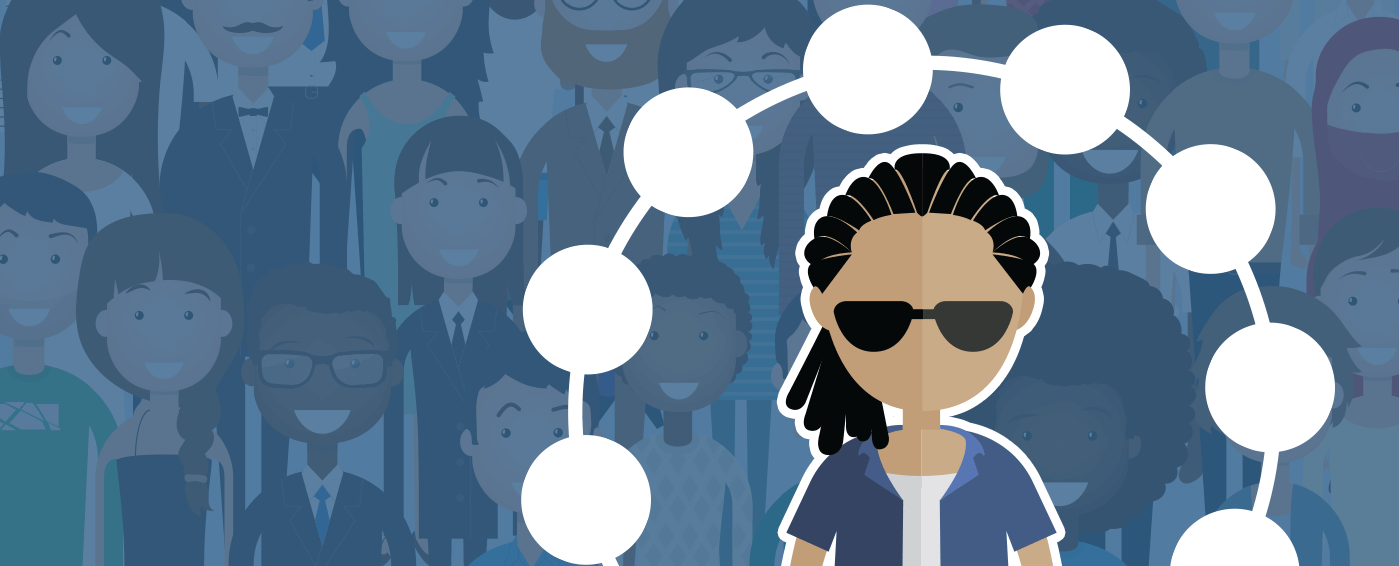Customer journey mapping is essential for energy utilities. As the industry focuses on becoming more customer centric and improving the customer experience, utilities must optimize every interaction.
Where once customers were seen merely as account numbers or “ratepayers,” new technologies and advancements across all industries are changing customers’ expectations of how they interact with their utilities.
Energy utility customers interact regularly with many other businesses, and it’s their experience with those industries that sets expectations. The more businesses like Disney, Amazon and Apple improve their customer experiences, the more consumers expect from their energy provider.
The importance of utility customer experience management
Because of this dynamic change in relationships, utility customer experience management — the intentional planning and implementation of interactions across all channels and touchpoints — is critical to deliver a consistently excellent experience.
Why is utility customer experience important? For a variety of reasons, but primarily because well-designed and implemented experiences increase customer engagement. Increased customer engagement in turn builds customer satisfaction. The outcomes of customer satisfaction can include:
- More participation in programs
- Increased enrollment in paperless billing
- Higher use of self-service channels
- Lower cost to service
- Greater customer advocacy and loyalty
Mapping the customer journey for energy utilities
A great way to approach the process of improving the customer experience is by developing a utility customer journey map that looks at these events collectively.
McKinsey describes a journey as “the process a customer goes through to complete a particular task, such as opening an account or resolving an error.”
These journeys often encompass multiple departments and varying mediums. For example, a customer journey to purchase a smart thermostat might involve touchpoints in multiple channels — website navigation and search, e-commerce, email, phone calls, a technician visit for installation, etc.
When developing a utility customer journey map, be sure to capture the key moments of truth. Those specific positive and negative touchpoints that make or break how customers perceive their utility.
Other journeys might include customer onboarding, bill payment, an outage, interacting with customer service or various program enrollments. These journeys work together to build the entirety of a utility’s customer experience.
To truly be customer centric, utilities must map out and understand all the possible touchpoints and outcomes along the customer’s journey.
Here are key journeys your utility should consider:
WELCOME
First impressions are everything. This is when your new customer decides if it’s easy or cumbersome to work with your utility. Can they easily find all the information they need? Do they know where to turn for help? Is your utility going to be an ongoing resource? Or will they face headaches down the road?
Answering these questions upfront and setting the right tone is essential for the launch of your customers’ journeys. Build an onboarding workflow that gives customers everything they need.
Through deployment of thousands of Welcome Series, Questline Digital has determined that it’s best to send between three and five emails upon the start of service. These emails include the following information:
- Welcome message from leadership
- Instructions for My Account set up
- Prompts for eBill enrollment
- Payment assistance resources
- Guidance for eNewsletter or Preference Center sign up
- Outage alert enrollment reminders
- Explanation of available programs
- Energy efficiency and cost savings tips
Depending on your community, your energy utility may need multiple welcome workflows that speak to different audiences. Common targets include first-time customers, moving customers, commercial business owners and small business owners.
PAYMENT OPTIONS
Ensure clients are aware of the payment options available to them. Look at the experiences for those who pay via mail and online. What hurdles do they hit along the way? Where can improvements be made?
Paperless billing enrollment is known to increase customer satisfaction. According to Fiserv’s Eighth Annual Consumer Billing Household Survey, 68% of consumers acknowledge increased satisfaction with their biller when they receive electronic statements.
So, set the stage early and get customers enrolled in My Account and eBill as early as possible. The sooner customers are enrolled, the better their overall utility customer journey will be.
OUTAGE COMMUNICATIONS
An outage experience is a key moment of truth, as it will certainly impact a utility’s J.D. Power customer satisfaction score. Customer journey mapping before an outage could include:
- Ongoing outage education
- Outage preparation communications
- Registration for outage notifications
- Inspiring interaction and two-way conversation
These steps would be delivered as emails, texts, automated calls, social media posts or conversations, website tools, bill inserts and brochures.
Other forms of outage communications would then occur during a planned or an unexpected outage. Whether your utility is providing a single report, or sending updates along the way, every touchpoint must be thoughtfully executed.
PROGRAM PARTICIPATION
Beyond the basic customer lifecycle and outage communications journeys, utilities are also now exploring customer journey mapping for specific programs and products.
Solar program customers, for example, will not only rely on their utility for educational resources ahead of making a decision, but also throughout the financing, contract, installation, monitoring and maintenance phases of their solar use.
The more holistic a utility can make specific interactions along a product journey, the higher customer engagement, satisfaction and advocacy will be later.
ONGOING COMMUNICATIONS
We see consistently stronger engagement metrics with customers who receive ongoing communications, as compared to customers who receive only sporadic, one-time messages from their energy company.
In-between journeys, there is the overarching and long-term utility customer experience. This includes what happens between traditional bill payment and outage alerts, including:
- Providing energy efficiency advice to customers during high bill seasons
- Encouraging customers to take advantage of available rebates and promotions
- Signing customers up for your monthly eNewsletter
Stay top of mind and enhance the customer journey by giving customers helpful information exactly when they need it.
Map out your utility customer experience
Start your conversation today about the importance of customer centricity and journey mapping a positive customer experience.

